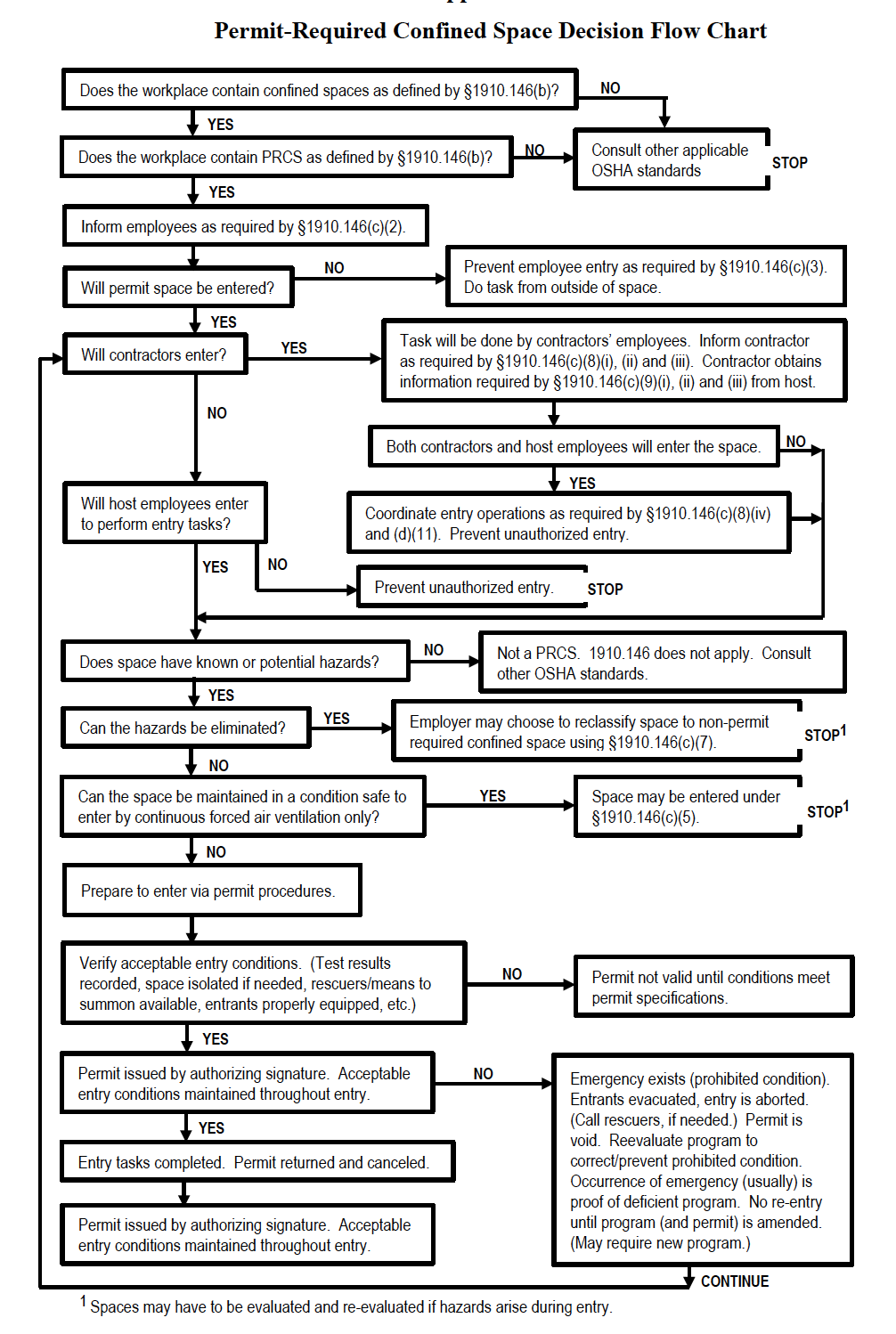CAUTION: This interim order is specific to the facility requesting it. Do NOT use these measures at your facility!!!
If I had a nickel for every time I have heard the excuse… “its more dangerous to do these isolations than it is to do the entry with lesser isolations,” I would not be writing this article instead, I would be on my yacht deep-sea fishing somewhere off the coast of Bora Bora!!!! If you have been involved in Permit-Required Confined Space entries I am sure you have had this debate with management/entry supervisor(s). OSHA had originally stated that the facility could “feasible to install two 5,000 pound blank flanges to isolate the system”, but they have granted the facility an interim order that permits it to continue operations (WITHOUT blinding/blanking) while OSHA continues to consider the application for a permanent variance. The facility has proposed “… drilling four (4) holes into the 99.75-inch diameter upper valve flange, and fabrication of twenty (20) three-fourth inch diameter mechanical stops (stop pins), which will be installed to block the movement of the butterfly valve disc to ensure isolation of the water boxes during maintenance work.” Here is the debate taking place… what do you think?
NOTE: I have had this debate in many power plants regarding their isolation practices for entry into their condensers/water boxes. I have never dealt with blinds that weigh 5,000 pounds or that are 99.5″ in diameter, 2.5-inch thick and weighing 5,563 pounds; however, single valve isolation for water flows that would almost immediately incapacitate the entry is not acceptable in my book. This same debate is taking place for entry into Ammonia Evaporative Condensers with NH3 still in the coils and using single valve isolation.

